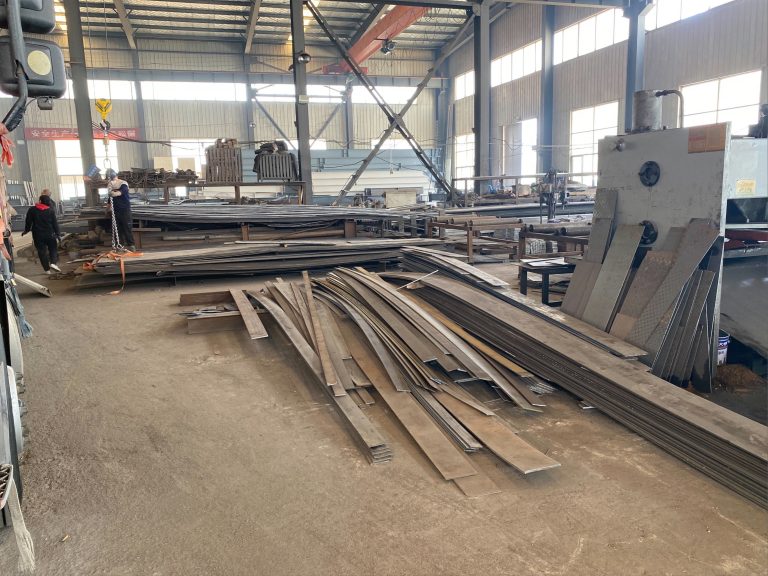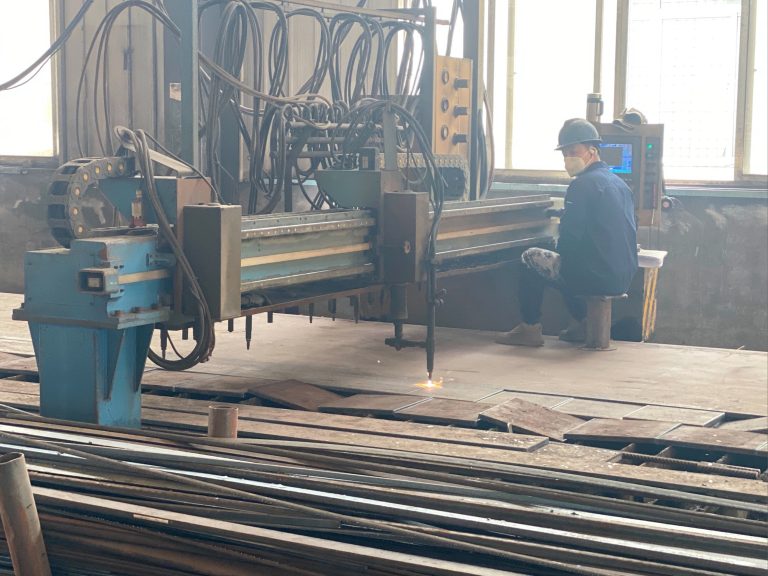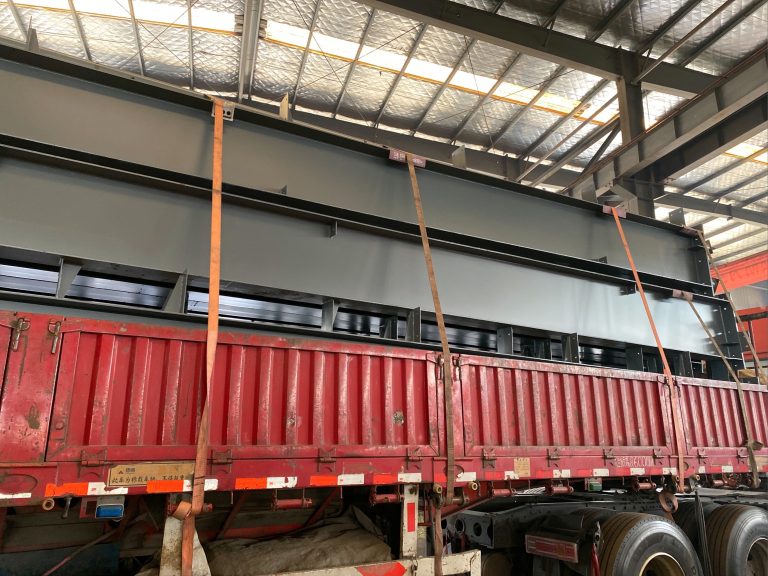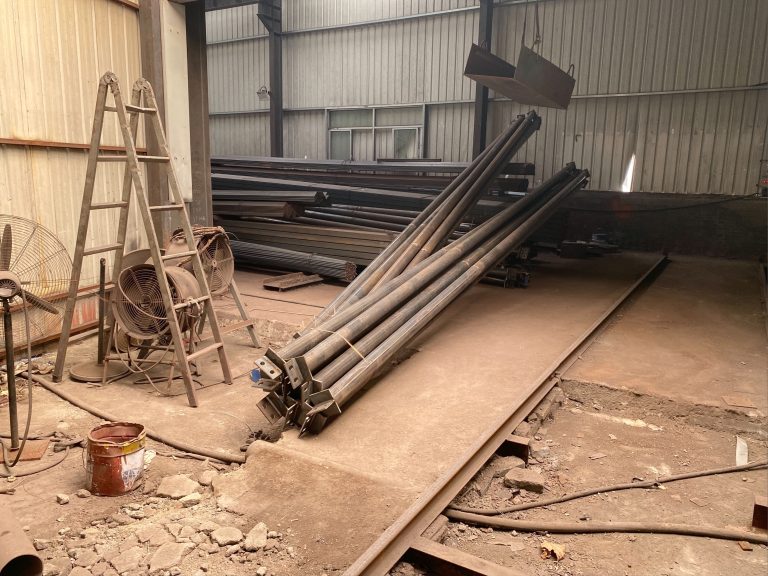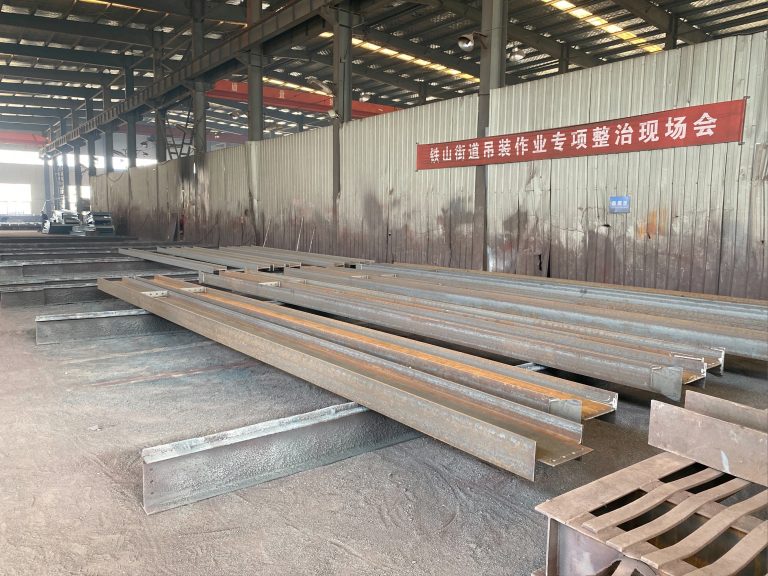Shaping Skylines: Steel Buildings as Architectural Icons
Table of Contents
The Evolution of Steel Buildings in Modern Architecture
Steel buildings have become synonymous with modern architecture, shaping skylines around the world with their sleek and innovative designs. The use of steel in construction has revolutionized the way buildings are designed and built, allowing architects to push the boundaries of what is possible in terms of height, strength, and flexibility. From iconic skyscrapers to cutting-edge museums, steel buildings have become architectural icons that define the cities in which they stand.
The evolution of steel buildings in modern architecture can be traced back to the late 19th century, when the Bessemer process made it possible to mass-produce steel at a lower cost. This breakthrough in steel production paved the way for the construction of taller and more structurally sound buildings, leading to the rise of the modern skyscraper. The first steel-framed skyscraper, the Home Insurance Building in Chicago, was completed in 1885 and stood at a groundbreaking 10 stories tall.
Since then, steel has become the material of choice for architects looking to create buildings that are not only visually striking but also structurally sound. The strength and flexibility of steel allow for innovative designs that would not be possible with traditional building materials. From the iconic Empire State Building in New York City to the futuristic Burj Khalifa in Dubai, steel buildings have become symbols of progress and innovation in architecture.
One of the key advantages of steel buildings is their ability to withstand extreme weather conditions and natural disasters. Steel is a highly durable material that can resist high winds, earthquakes, and fires, making it ideal for buildings in areas prone to these types of hazards. This resilience has made steel buildings a popular choice for architects designing structures in earthquake-prone regions or areas with harsh weather conditions.
In addition to their strength and durability, steel buildings also offer a high degree of flexibility in terms of design. Steel can be molded and shaped into virtually any form, allowing architects to create buildings that are both visually stunning and structurally sound. This flexibility has led to the creation of some of the most iconic buildings in the world, such as the Guggenheim Museum in Bilbao, Spain, with its flowing, organic form that seems to defy gravity.
The use of steel in construction has also had a significant impact on sustainability in architecture. Steel is a highly recyclable material, with a recycling rate of over 90% in North America. This means that steel buildings have a much lower environmental impact than buildings constructed with traditional materials. In addition, steel buildings can be designed to be energy-efficient, with features such as green roofs, solar panels, and high-performance insulation that reduce energy consumption and lower carbon emissions.
As technology continues to advance, the possibilities for steel buildings in modern architecture are endless. Architects are constantly pushing the boundaries of what is possible with steel, creating buildings that are not only visually stunning but also environmentally friendly and sustainable. From cutting-edge skyscrapers to innovative cultural institutions, steel buildings will continue to shape skylines around the world for years to come.
Iconic Steel Buildings That Have Transformed City Skylines
Steel buildings have long been a staple in modern architecture, with their sleek lines and impressive heights shaping city skylines around the world. These iconic structures not only serve as functional spaces for work, living, and recreation but also stand as symbols of innovation and progress. From the Empire State Building in New York City to the Burj Khalifa in Dubai, steel buildings have become architectural icons that define the cities in which they are located.
One of the most famous steel buildings in the world is the Eiffel Tower in Paris, France. Designed by Gustave Eiffel for the 1889 World’s Fair, this iconic structure was initially met with skepticism and criticism but has since become a beloved symbol of the city. Standing at 1,063 feet tall, the Eiffel Tower was the tallest man-made structure in the world until the completion of the Chrysler Building in New York City in 1930. Its intricate lattice design and graceful curves have inspired countless architects and designers, making it a timeless masterpiece of steel construction.
In the United States, the Empire State Building in New York City is another iconic steel structure that has left a lasting impact on the city skyline. Completed in 1931 during the Great Depression, this Art Deco masterpiece stood as the tallest building in the world for nearly 40 years. Its distinctive silhouette and iconic spire have made it a symbol of New York City and a must-see destination for tourists from around the world. The Empire State Building’s steel frame allowed for its rapid construction, with workers completing an average of four and a half stories per week during the building’s construction.
Moving across the globe to Dubai, the Burj Khalifa stands as a testament to the power of steel in modern architecture. Completed in 2010, this soaring skyscraper reaches a height of 2,717 feet, making it the tallest building in the world. Its sleek glass facade and innovative design have earned it numerous accolades, including the title of the tallest freestanding structure in the world. The Burj Khalifa’s steel frame allowed for its rapid construction, with workers completing an average of one floor every three days during the building’s construction.
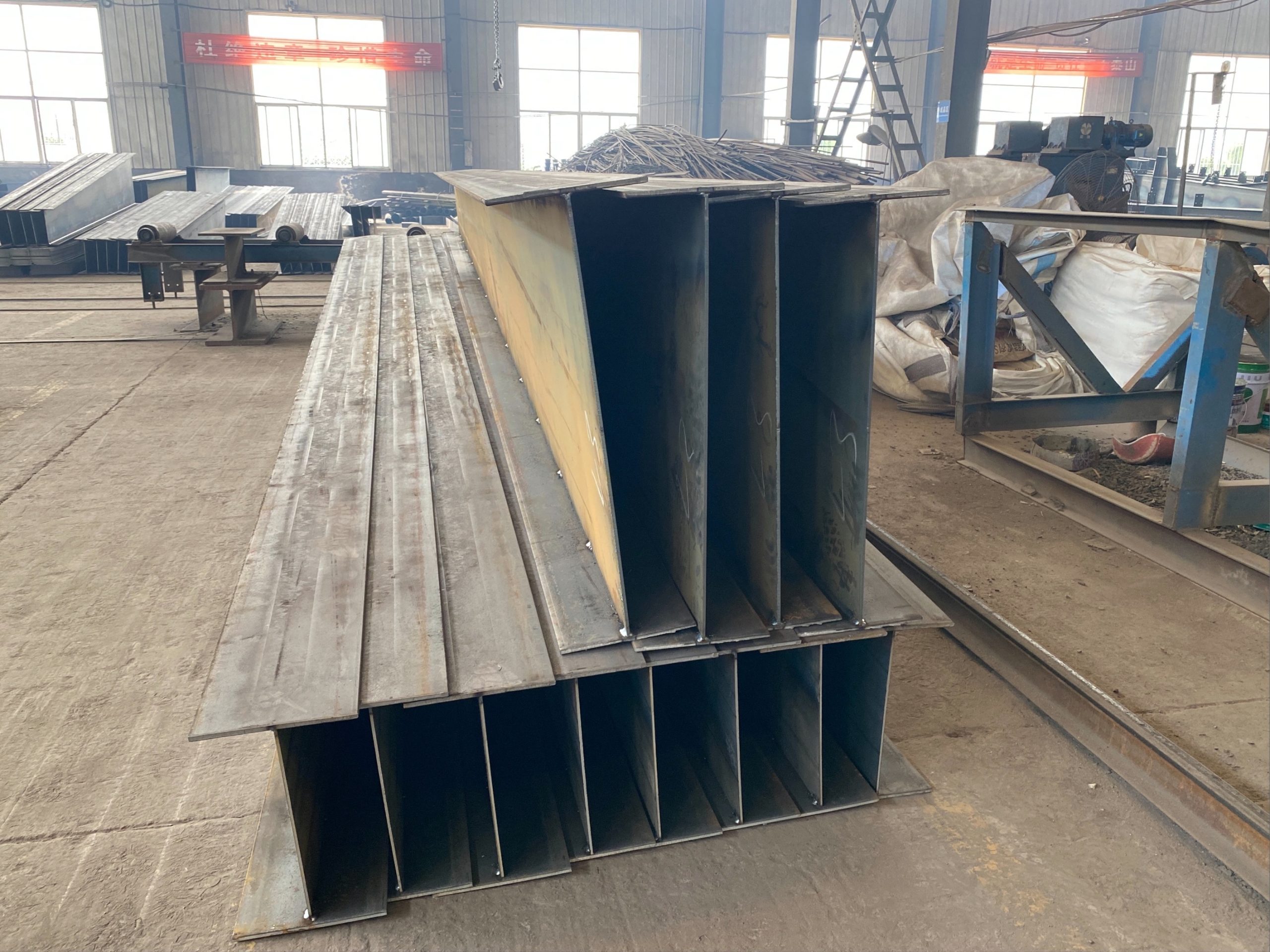
In China, the Shanghai Tower is another example of a steel building that has transformed a city skyline. Completed in 2015, this twisting skyscraper reaches a height of 2,073 feet, making it the second-tallest building in the world. Its unique design and energy-efficient features have earned it numerous awards, including the title of the world’s greenest skyscraper. The Shanghai Tower’s steel frame allowed for its rapid construction, with workers completing an average of one floor every nine days during the building’s construction.
In conclusion, steel buildings have played a significant role in shaping city skylines around the world. From the Eiffel Tower in Paris to the Empire State Building in New York City, these iconic structures have become symbols of innovation and progress. With their sleek lines and impressive heights, steel buildings stand as architectural icons that define the cities in which they are located. Whether soaring into the sky or twisting into the clouds, these steel structures continue to inspire awe and admiration for their beauty and engineering excellence.

